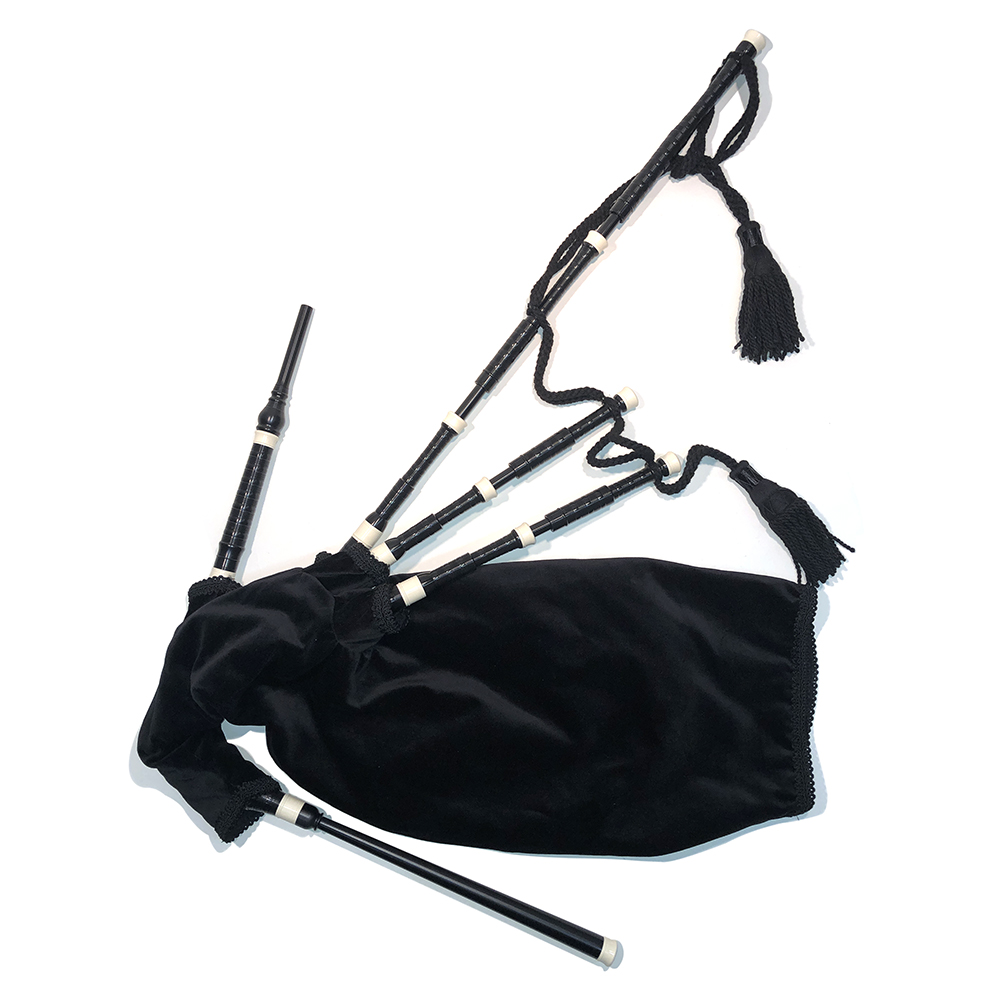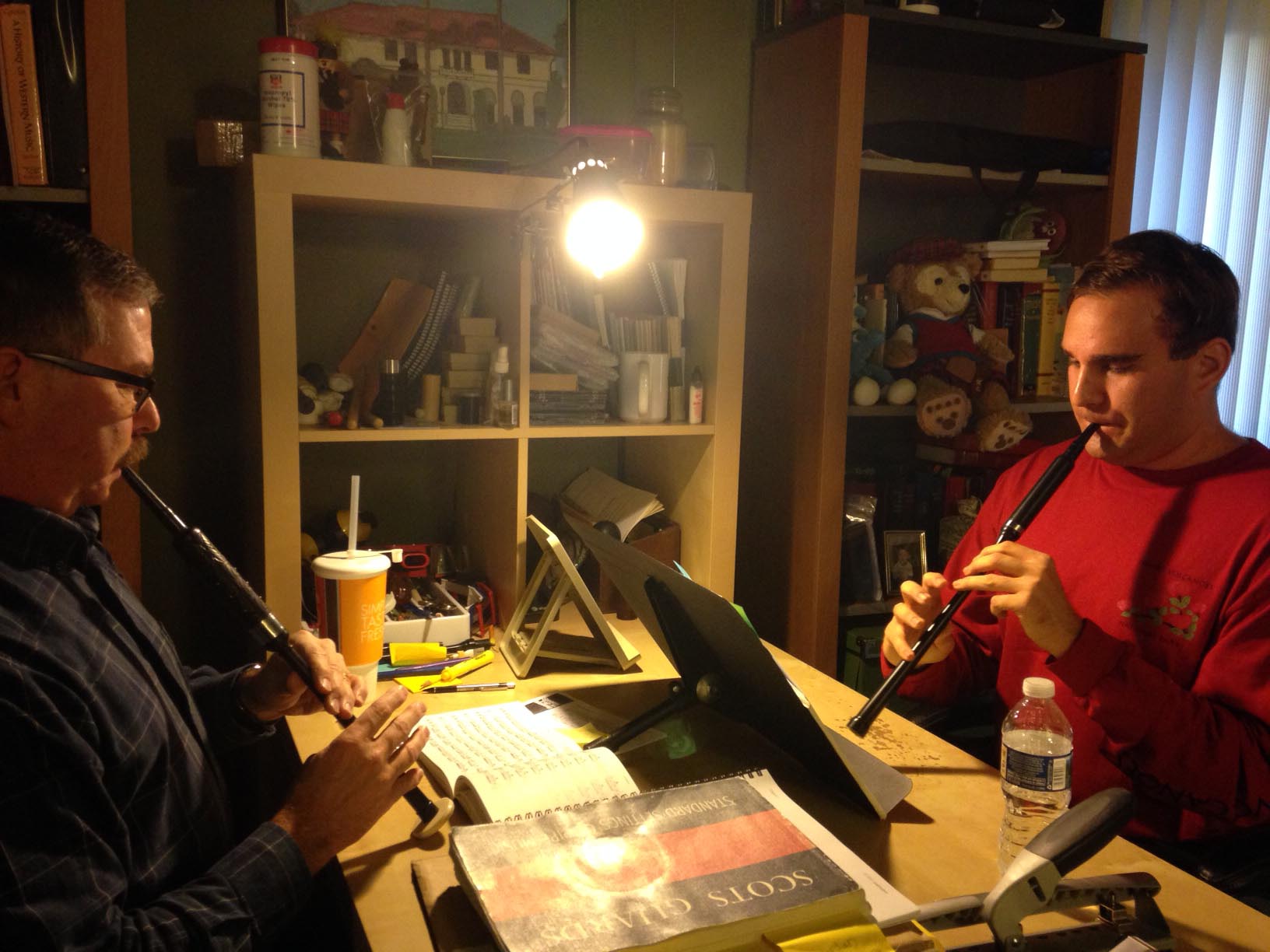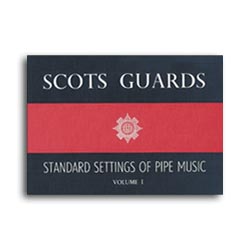Let’s Talk About Articulation
When we talk about articulation in bagpipe music, we’re referring to how cleanly and clearly you move from one melody note to the next, especially through the grace notes and doublings.
Take a tune like Scotland the Brave—what you’re looking for is a specific level of articulation. That means the timing and control in moving from note to note using proper ornamentation. Even though Scotland the Brave is often considered a beginner tune, it’s actually quite complex because it contains ornamentation on almost every beat.
One of the most common issues I hear is that players tend to miss the G grace notes at the start of their doublings. That missing articulation makes the tune sound muddy or rushed.
A Few Key Points:
-
I’m a strong believer that if you play a tune the same way every time, you’ll memorize it much faster.
-
If you play it differently each time, your brain doesn’t know which version to remember. It gets confused and says, “Which one should I keep?”
-
If you’ve played 50 slightly different versions of the same tune, you’ll have a hard time memorizing it.
Practice Exercise:
To help with this, here’s an exercise: take Scotland the Brave, and intentionally lift and hold the G grace notes in the doublings. It won’t be rhythmically correct, but that’s okay—this is a fingering exercise, not a rhythm drill.
When you’re working on fingering, especially with ascending and descending grace notes, slow and deliberate playing is key. Knowing exactly how your fingers should open and close is what builds consistency.
I’ll now demonstrate the first part of Scotland the Brave with this technique:
[Music Demonstration]
Notice that when I play the D throws, I really emphasize the low G at the beginning. That’s another note a lot of players tend to miss, and getting it right makes a huge difference in articulation.
Final Thoughts:
This is a great technique for mastering doublings and making sure your finger movements are clean and consistent. Remember, your brain doesn’t memorize music in layers—it memorizes a string of movements. So every time you play a tune, that “string” needs to be exactly the same.
As you get more confident with this approach, you can gradually speed things up and return to proper rhythmic timing.
I hope this helped! If you have any questions, feel free to call or email me—I’m happy to help.
Have a great day!
The books below were designed to develop your rhythm skills using tunes that you may already know.
Click on the books for more information
Send us a message.
Tips and gratuities are always gratefully accepted!







0 Comments